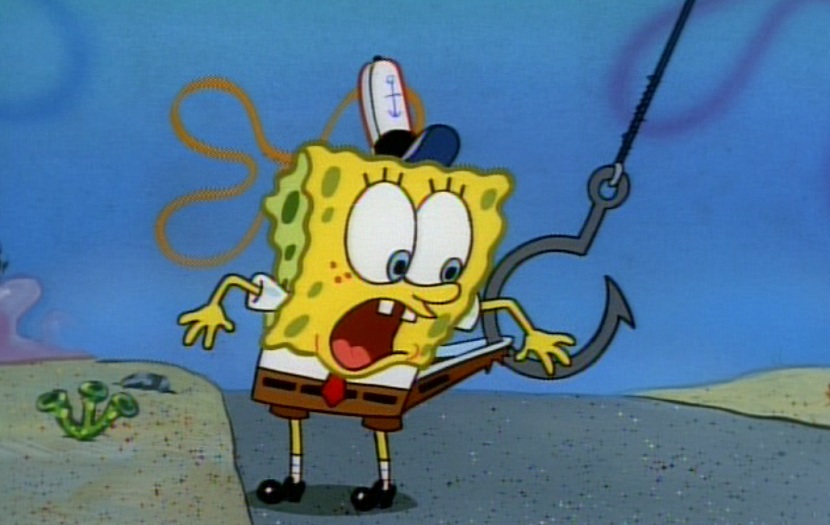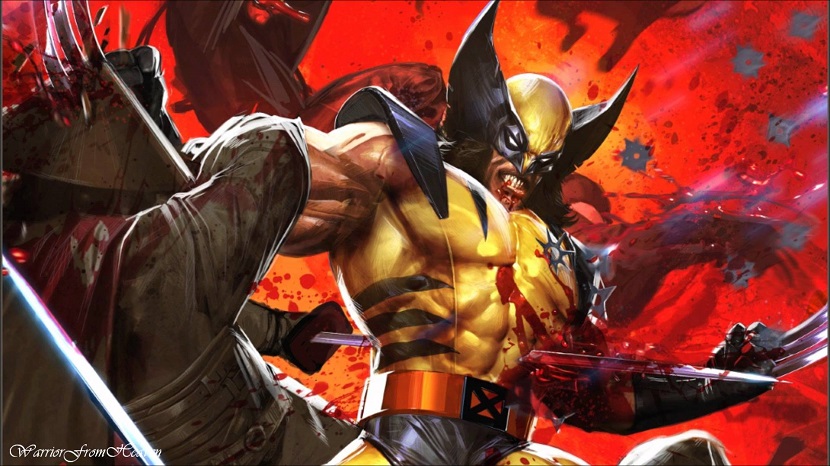
Pocket Jacks (also known as "fish hooks") is one of the most hated starting hands in poker. This shouldn't make much sense since jacks are also one of the strongest hands you can hope to receive, but the fact that they are a good few percent below the absolute top of your range makes them difficult to play at times.
To Cbet or Not to Cbet
If you're a preflop aggressor with JJ in a relatively deep stack cash game or tournament the main question you should be asking yourself after seeing the flop containing a card higher than Jack is if you should be cbetting that flop or not. The answer to that question will depend on the variety of different factors like the number of players in the pot, the skill level of those players, the characteristics of your particular board texture etc.
For example, on the archetypal K72o board you can't hope to extract value from many different hands by betting and you can't really bluff anything that's stronger than jacks so it makes a ton of sense to strengthen the medium part of your range by check/calling (strengthening the medium part of your range is a common theme with JJ).
However, on a Q86 board, the average caller will have some second pair, draw, or pair plus draw type of hand that you can value bet and protect against which makes cbetting the way to go.
That being said, if you're playing against a very tight opponent with a super narrow calling range preflop, it might still be correct to check.
I was watching a clip of Joe Hachem, masterful player and top of the Australia All Time Money List, playing 2000NL when I spotted this interesting hand with pocket jacks and a complex board texture. The hand starts at 0:52 and goes on for a minute or two. I think it makes for a good example, as it highlights the challenge of playing the hooks, particularly while fishing for a turn/river card.
Ace =/= King =/= Queen
At this point, we should probably mention the fact that not all of the high cards were created equal. You should elect to change your game plan slightly, depending on which of those three cards shows up on the board. Let's take a look at some basic examples.
You're in the button seat and you called the preflop raise of a very tight opponent from under the gun. The flop comes A84. You're almost always good for calling one bet (unless you're playing against someone who's ridiculously tight) but given the fact that AX type hands will be a huge part of the villain's raising range from UTG, you're certainly not loving your life and you'll be forced to fold on many turn cards if your opponent decides to bet again.
If you swap an ace for the queen in the same situation suddenly it becomes very different. While you should still respect the aggressive post flop play from an UTG opponent, he's far less likely to have a top pair.
If we switch the seats and consider the situation where you're opening under the gun with jacks and receive a call from the late position, boards with an ace, king, or queen will also play fairly differently from each other. You might actually want to bet some ace high boards because you can represent the card fairly well (though checking will often be preferable), but you can't really represent the queen with the same success rate. Also, a player who chooses to call preflop is likely to do that with suited broadway card hands and 3bet preflop with a strong Ax type hands. This makes an average opponent a lot more happy to see a king or a queen instead of an ace in this spot.

Don't be a Hero
From a game theory optimal point of view, one of the absolute worst things we can do to our game is adding too many hands to the bottom of our range. This is precisely what happens when you decide to look up a tight opponent bombing all three streets on a 3A487 board because "he might not have it this time around". It also happens in some less obvious spots. Maybe you're bluff catching to often on high card boards against bad aggressive opponents? It's possible that you're value betting too thin on a 8A2T3 type of board and you should be skipping one or two streets of value depending on the opponent.
Maybe you can get away from a K894 board sooner against a super tight 3bettor that you decided to call preflop against. Playing jacks is a balancing act of sorts and it's very easy to make small mistakes that will add up over the long run. This doesn't mean you should play timidly while holding one of the best preflop starting hands in poker, but

Medium Strength Hand for Medium Sized Pots
This advice might sound slightly outdated in the world where GTO is the shiny new toy everyone is talking about, but it still holds true even if we consider the game theory optimal approach. As we said before, adding hands to the bottom of your range is one of the main sins you can commit in GTO poker (or poker in general for that matter). That's why a somewhat arbitrary rule of sticking to medium size pots when you're holding second pair type hands post flop can actually be beneficial for most players. While it might lead to some suboptimal decisions like folding too early in the hand or skipping a +EV thin value bet.
In the good old days of Party Poker, circa 2006, jacks were also considered one of the most frustrating hands to play and the main source of that frustration was the fact that players weren't able to adjust well enough to post flop scenarios that clearly decreased the relative strength of their "fish hooks". They were trying to chase the big pot no matter what and that's what lead to their demise. The Party Poker days are long gone (for better or worse) and mistakes that the average player makes might be a lot less severe, but they are still somewhat similar in nature. This is why even in a post-GTO world, playing your medium pairs cautiously is still the way to go.


